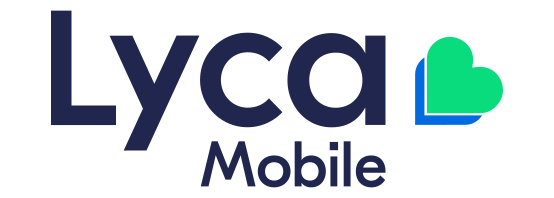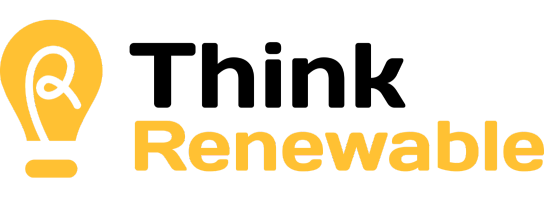Present with Power: 8 Essential Public Speaking Skills
Public speaking: two words that can evoke a sense of dread in even the most seasoned of professionals. But whether you're pitching an idea to your team, presenting at an event, or delivering a keynote speech, your ability to speak well in public can significantly impact your career and overall personal growth.
The good news? Effective public speaking is a skill that can be honed with practice and by making use of some of the best tried and tested techniques. Let’s take a look at some essential public speaking tips that can transform your presentations from nerve-wracking to powerful and engaging.
1. Know Your Audience
Before you even start crafting your presentation, it’s important to understand just who it is that you’re speaking to. Tailor your message to your audience’s interests, knowledge level, and expectations to make sure your presentation is relatable and engaging.
Imagine explaining astrophysics to a group of kindergarten children versus presenting the same topic to a room full of astronomers—it would be quite different! Take the time to research your audience, and if possible, interact with them beforehand to gauge their interests and questions.
Pro tip: Be prepared to adjust your presentation based on the audience's reactions. If a particular point sparks interest or confusion, be ready to dive deeper or clarify.
2. Master Your Material
Familiarity breeds confidence, and the more confident you are in your material, the more comfortable you'll be delivering it. Know your material inside and out—not just what’s on your slides, but the underlying ideas and data that support your points. This deep knowledge allows you to speak more freely and adapt your presentation to the audience’s reactions without losing your train of thought.
Pro tip: Think of yourself as the ultimate authority on the subject—like a walking, talking guidebook!
3. Start Strong
The first few minutes of your presentation are crucial to capturing your audience’s attention. Hook your audience from the very beginning with a captivating anecdote, a surprising statistic, or even a question that prompts reflection.
Pro tip: Introducing something personal or humorous at the start of your presentation will help you break the ice and feel more comfortable with your audience.
4. Simplify Your Slides
Your slides and notes are there to support your message, not to be the message, so avoid overcrowding them with too much text or data. This is one of the best presentation tips because it’s easy to simply read from your notes instead of engaging with your audience. You should only use your slides to highlight key points, display impactful images, or illustrate concepts with simple graphs.
As much as you want the focus of the audience to be on you, it’s still important to present slides that are clear and consistent with a professional design. Less is definitely more so pay attention to font styles, colour palettes, and the overall layout.
Pro tip: If you’re pretty tech-savvy, feel free to use tools and apps like live polls or Q&A sessions to engage your audience.
5. Practise, Then Practise Some More
Although it might seem obvious, this is one of the most essential public speaking tips for a reason. Rehearsing your presentation multiple times helps you refine your delivery and timing. It’s a good idea to practise your speech out loud, in front of a mirror, or record yourself to evaluate your pacing, tone, and body language. Don’t just memorise your script—get comfortable with the material so you can deliver it naturally.
Pro tip: Nerves can make you speak faster, so try to consciously slow down your breathing and enunciate clearly to ensure your audience can follow along.
6. Embrace Pauses
Pauses are powerful. They give you a moment to collect your thoughts and give your audience time to absorb the information. Don’t be afraid of short silences as they can actually help you to emphasise key points and add a sense of gravitas to your delivery.
Pro tip: Try to end sections with a thought-provoking question or impactful statement so that a pause won’t seem out of place as you focus on the next point you want to make.
7. Become a Storyteller
Stories resonate with people on a personal level. Weaving a story into your presentation helps capture your audience's attention and keep them engaged. Think of your presentation as a journey, with your audience as the hero. What challenges will they face? How will your information help them overcome those challenges and emerge victorious?
Pro tip: It’ll make it a lot easier for you to present comfortably if the story is one of your own—pretend you’re telling it to a friend for maximum relatability.
8. Use Body Language Wisely
Being aware of your body language is one of the top tips for public speaking because your body language speaks volumes. Stand confidently, make eye contact, and use gestures that reinforce your message. Be mindful of nervous habits that can distract your audience, like fidgeting or swaying. Positive, open body language can enhance your connection with the audience and make your message more impactful.
Don’t forget eye contact; connecting with your audience through eye contact shows you're engaged and in control. Scan the room and make brief eye contact with individuals throughout your presentation.
Pro tip: Before your presentation, take a few minutes to stand tall with a strong posture and take some deep breaths. This simple act can significantly boost your confidence levels.
Public speaking may never leave you entirely free of nerves, but with these skills in your arsenal, you can present with confidence and power. Remember, every presentation is an opportunity to improve, learn, and connect with your audience on a meaningful level—and conquer your fear of public speaking!
















